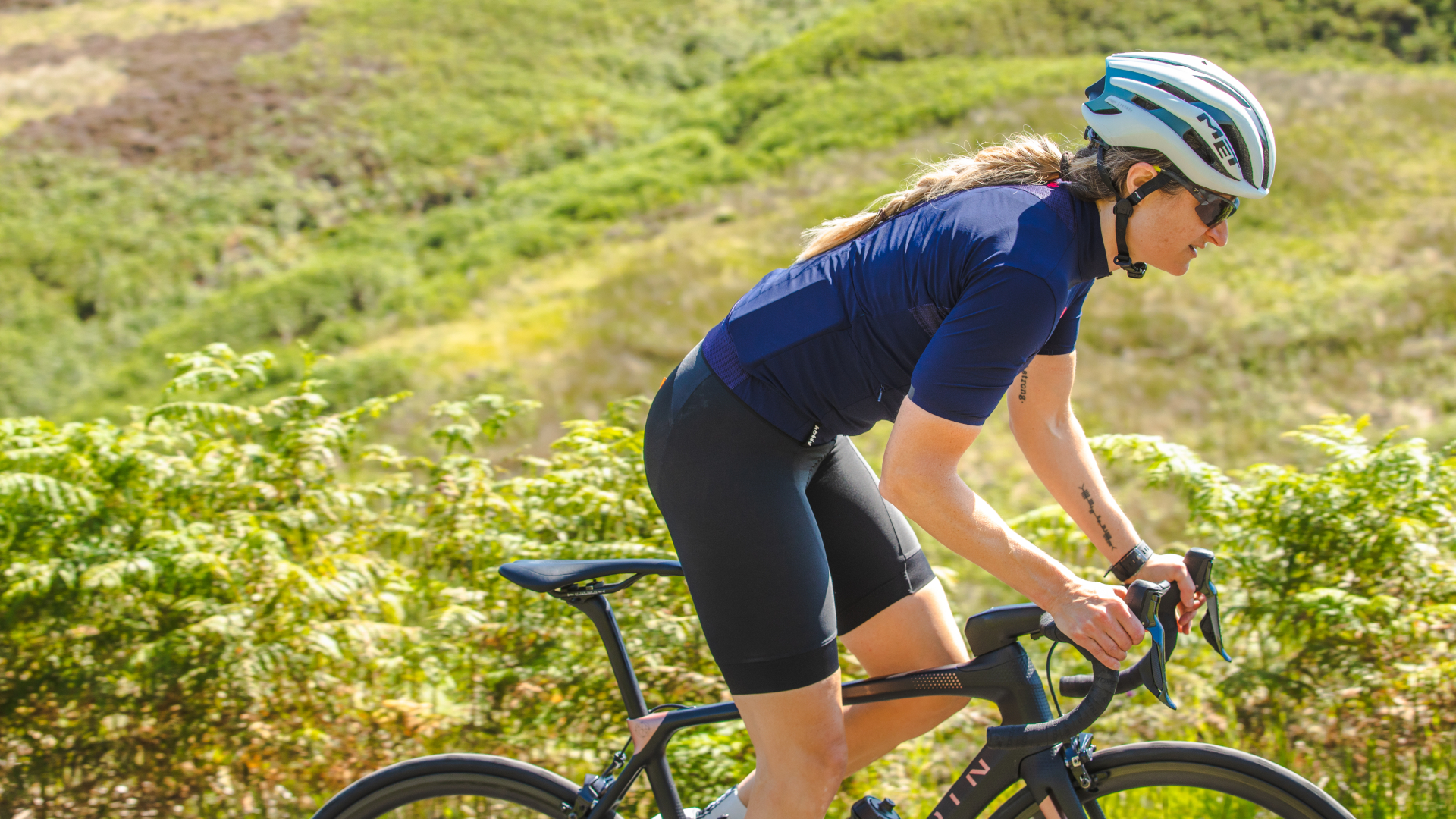No matter how good you think you are at looking after your bike, I bet you haven't checked this setting in years. I ignored it, and could have been seriously injured
How two of the smallest screws on your bike can have one of the biggest safety impacts.
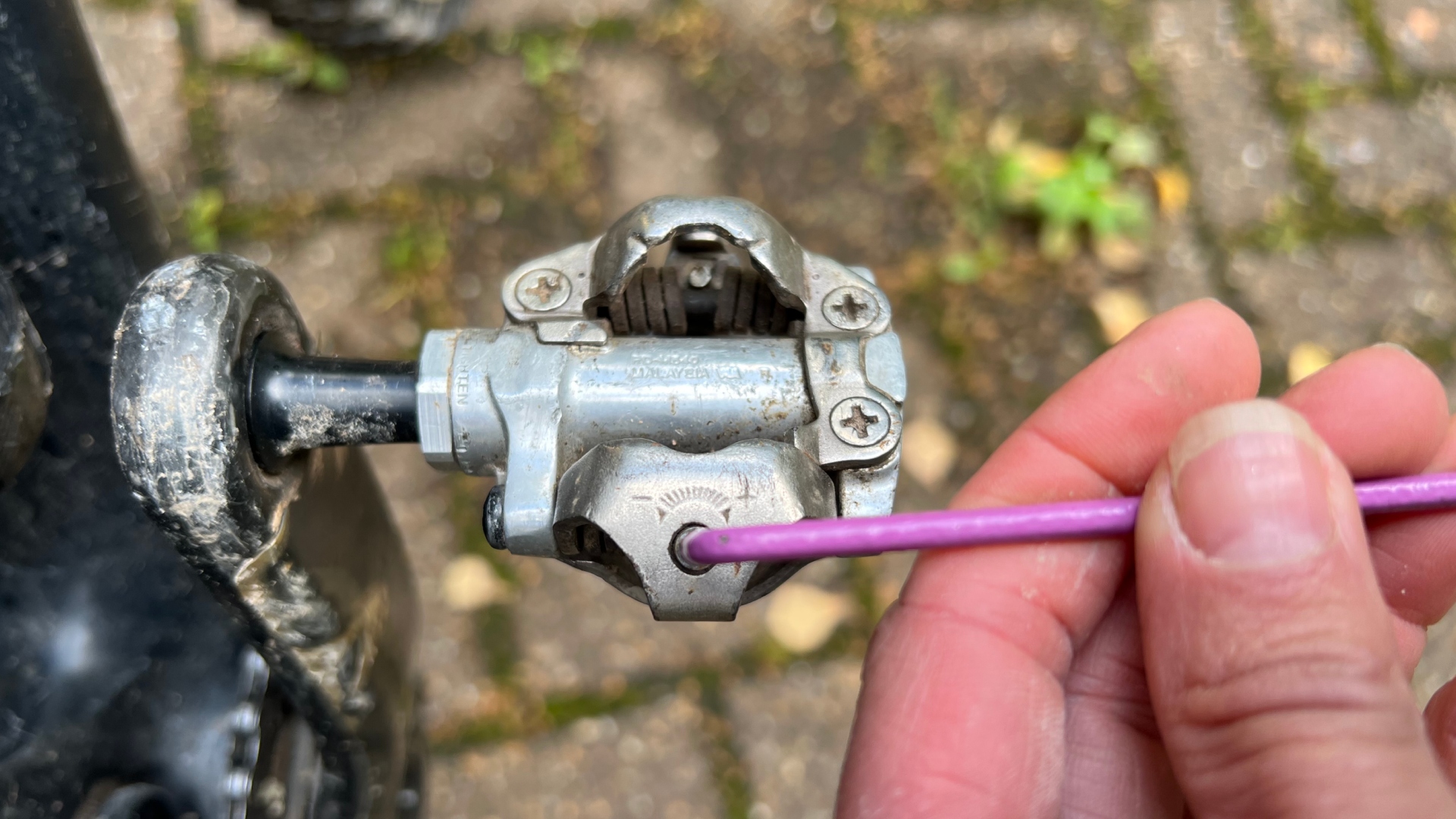

There are several pre-ride checks that, as cyclists, we all do almost instinctively. Give tyres a little squeeze, grab both brakes, check the headset, and, assuming all is well, head off. But one of the tiniest screws, if left unchecked, could spell a very nasty end to your ride.
And don't I know it.
As a family of bike riders across three disciplines, combined with my job as a bike tester, we have more bikes than pedals. We're constantly swapping them between cross bikes, mountain bikes, and our ragged collection of road bikes.
One day, in a rush to leave, I grabbed some spare pedals and attached them to my mountain bike.
It turned out that the last user of the pedals had been my 11-year-old daughter, practicing her cyclocross dismounts.
Unfortunately, I realised too late that the pedal binder spring tension was significantly looser than I had anticipated. As I took off from what seemed a harmless jump, I found myself footloose and ending up rolling around in, thankfully, a patch of bracken.
Luckily, with just my pride hurt, I dusted myself off and realised how much worse it could have been without the soft landing to save me. I hadn't even noticed that the pedal tension was that loose when I clipped in.
The latest race content, interviews, features, reviews and expert buying guides, direct to your inbox!
Later, discussing this with cycling buddies, it turns out I'm not the only one guilty of neglecting to double-check this tiny screw on every ride. While most cyclists aren't quite as fluid with their pedal swaps as perhaps my family is, many of my riding friends couldn't recall when they last checked their pedal settings or, in some cases, had ever done so.
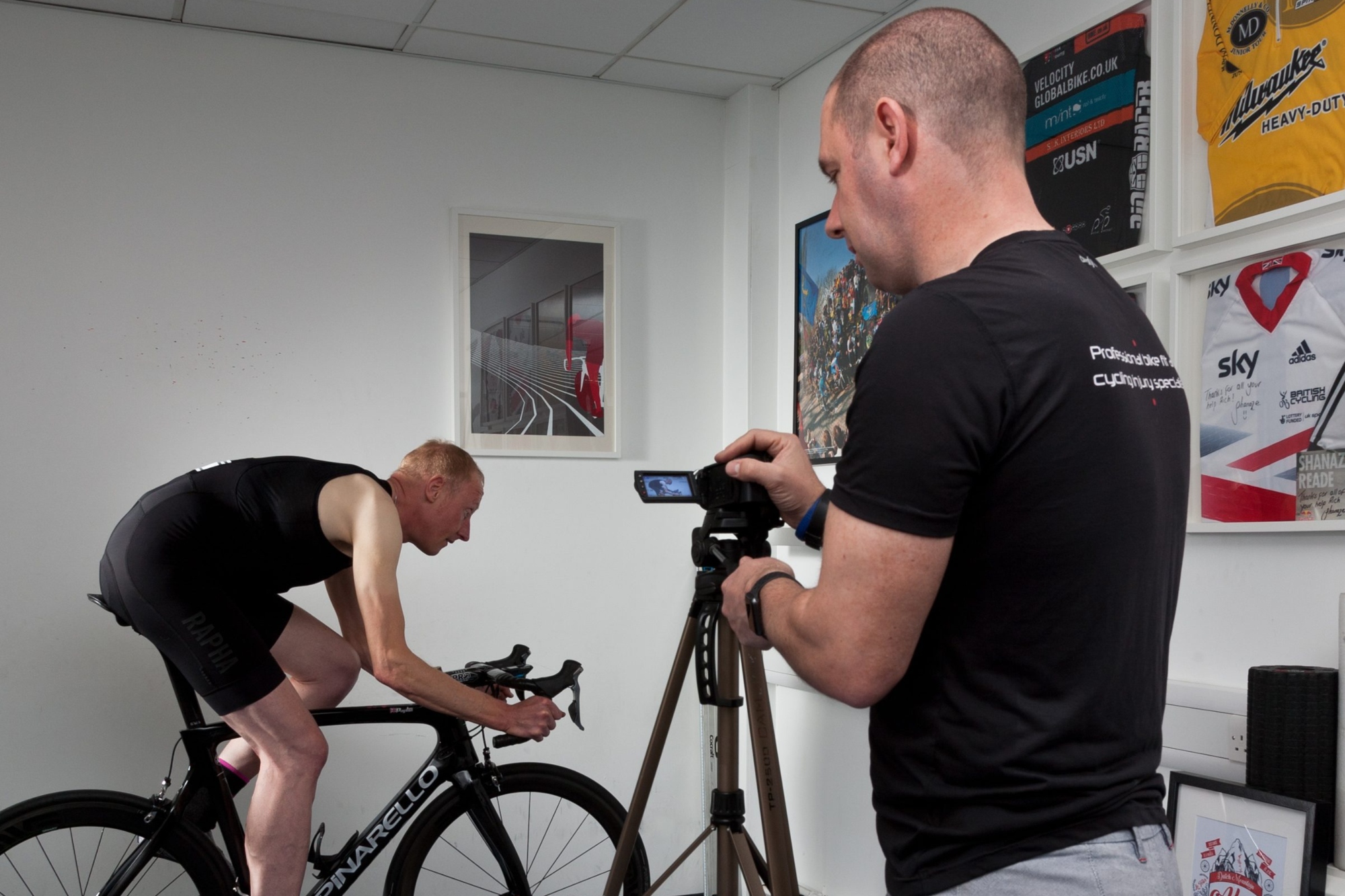
Richard Salisbury from Pedal Precision is a pedal expert.
Sheepishly, I turned to the experts, and, equally relieved but concerned, it transpired that my friends and I were far from being the only ones to fail this pre-flight check.
According to Richard Salisbury, a qualified Sports Rehabilitation Specialist and Professional Bike Fitter at Pedal Precision, this issue arises at almost every bike fit.
"It's expectations that get us into trouble," confirms Salisbury. "Whether the pedal binder spring tension is too tight or too loose, if the pedal doesn't do what our minds and bodies expect, that's when we can suffer either a small tumble or a big fall," explaining that our bodies are primed to do what we expect our pedals to do. When they don't, we become unbalanced.
"It can be a psychological barrier to people new to riding" Salisbury tells me, explaining how it's common for people to invest in a pedal and shoe setup, but don't know how best to adjust the little grub screw on the spring tension, " they end up being so scared, people try to overcome the fear of being clipped by loosening them too much.
"There's a point of no return, specifically in Shimano pedals, where the binder spring tension becomes so loose that it doesn't release the cleat," warns Salisbury. He also mentions that this, along with the misconception that riders new to clipless pedals should start with an extensive range of pedal float, are precisely the two ingredients that can lead to injuries, whether from knee problems or falls.
Charlotte Tysler, Digital Marketing and Communications Manager, Look Pedals, agrees on the importance of considering float and tension together to "achieve the right balance between comfort, safety, and performance."
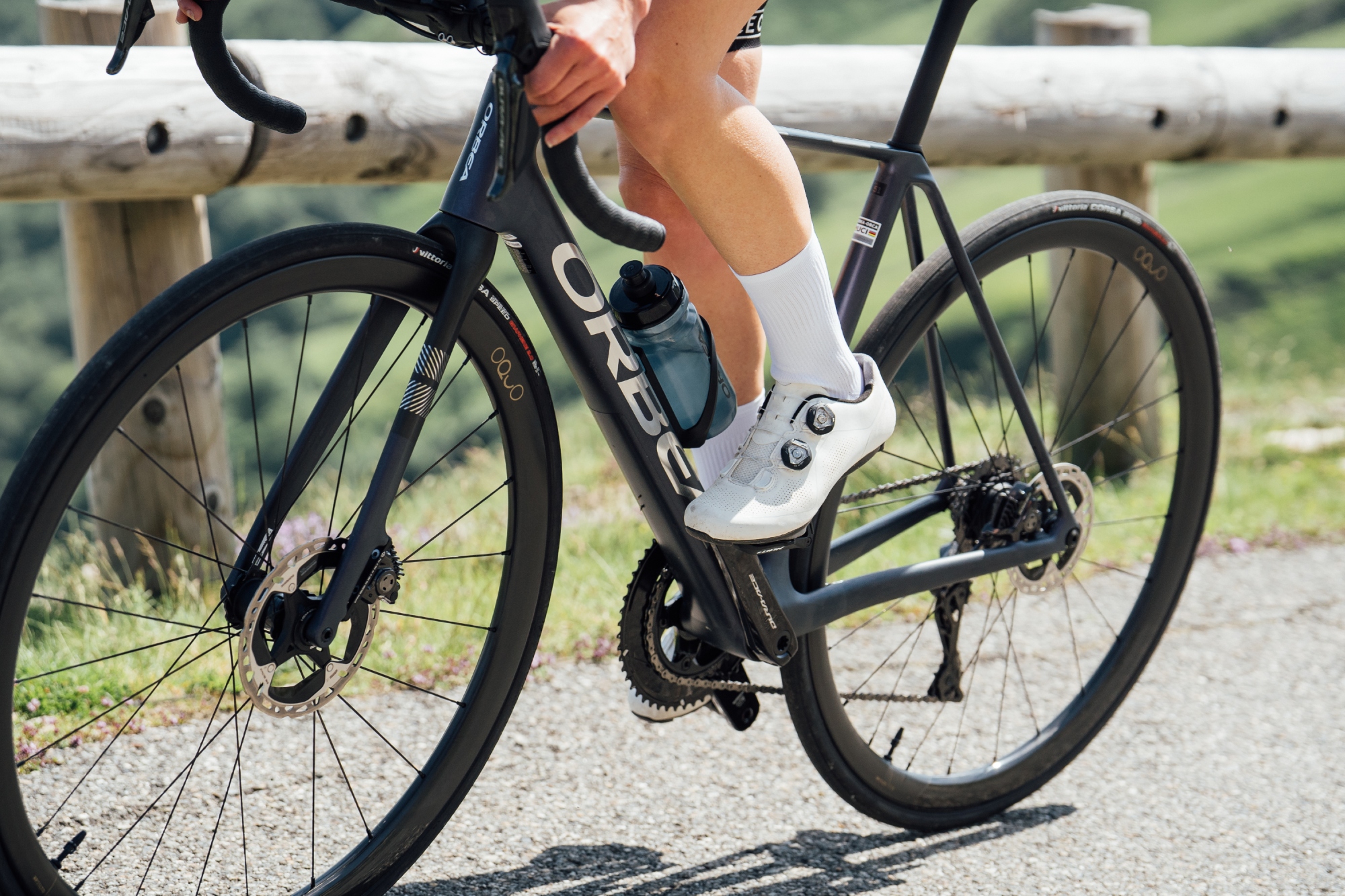
The preset spring tension on Look pedals depends on what model they are.
So, how much tension should your pedals have?
Tysler again, "The preset tension [at Look] depends purely on the model. Entry-level models are set with a lighter release tension (around 6 or 8) this makes them more accessible to beginner riders" she says, adding that high-end models come with a higher preset (up to 16), which Look believe are better suited to experienced cyclists seeking a firmer and more secure connection.
Understandable for the manufacturer, but this preset tension could be far from ideal for the rider.
Salisbury explains that even rider size can impact pedal tension: "A smaller rider will get away with a looser spring tension compared to a bigger rider who will push big watts from the start."
Surprisingly he also adds that "The size of your feet play a role in how easy you find it to clip in or out of your pedals," explaining that a larger foot equals a longer lever, which creates a greater distance from the pivot point and therefore amplifies the effort needed, making it easier to overcome a tighter bind with less physical effort".
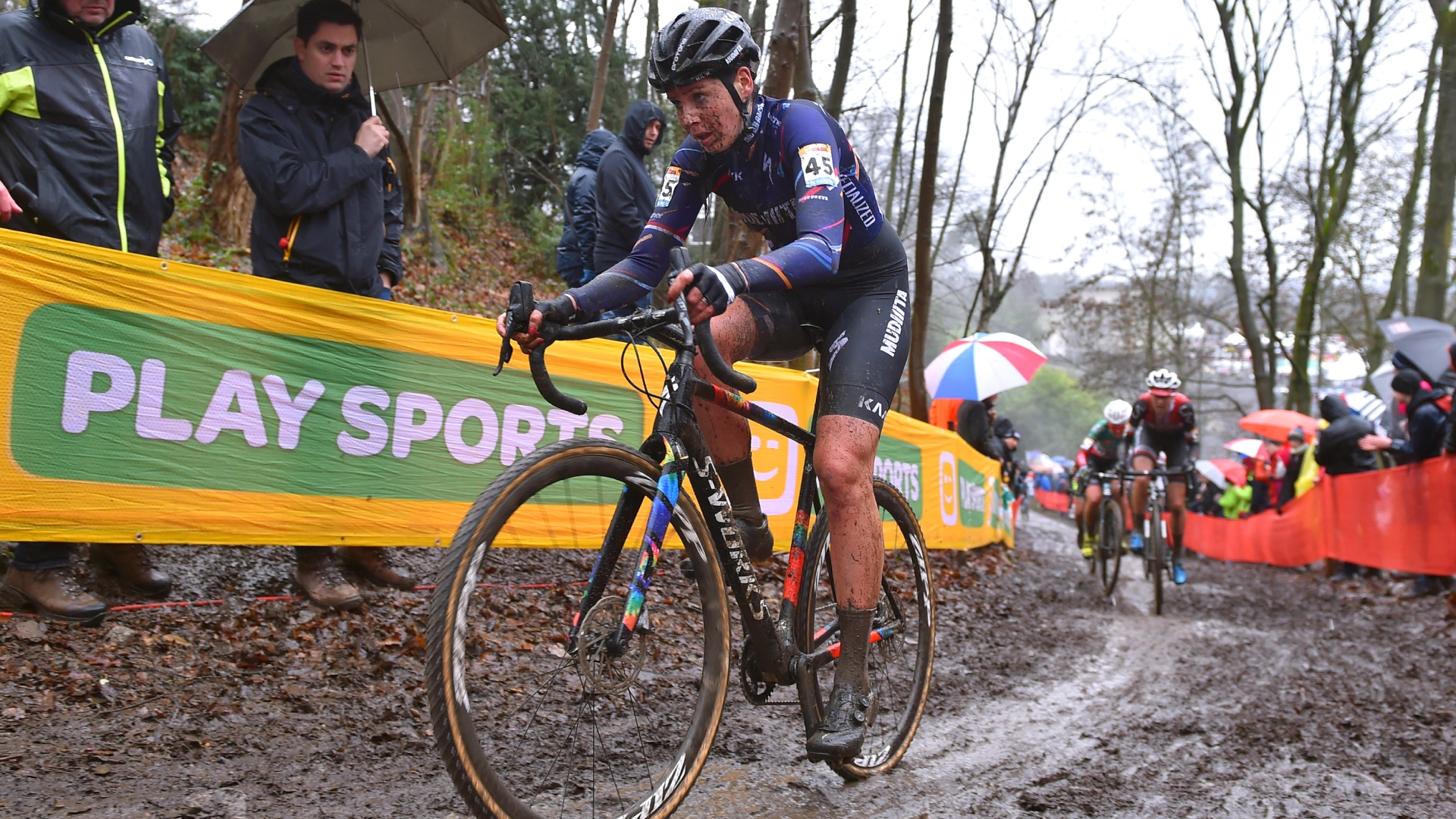
Multidisciplinary world championship rider and head coach at Mudiiita Nikki Brammeier knows a thing or two about pedals for all bikes.
But where is best to start?
"I usually start with the tension on the middle setting on all pedals, then just adjust on feel to what I prefer," says Ex-professional cyclist, Nikki Brammeier, adding that it's essential to do this on every pair as "Not all pedals are the same, even the same brand and model can feel drastically different"!
As someone who has raced at the World Championship level across four different disciplines (cyclocross, road, mountain bike, and track) and now runs Mudiiita coaching for new and experienced riders, Brammeier knows a thing or two about pedal tension and getting it right.
"I like there to be a definitive amount of pressure before the cleat unclips," she says, adding that "Obviously, doing standing starts or sprints, there's a high chance of torsion through the pedals, so there needs to be a decent amount of resistance.
"With something like cyclocross, you'll be clipping in and out often, so you need them loose enough to do that, but tight enough so you feel confident off the line or in those big power bursts that come with accelerating out of corners. Crits are a bit the same. It really is down to personal preference".
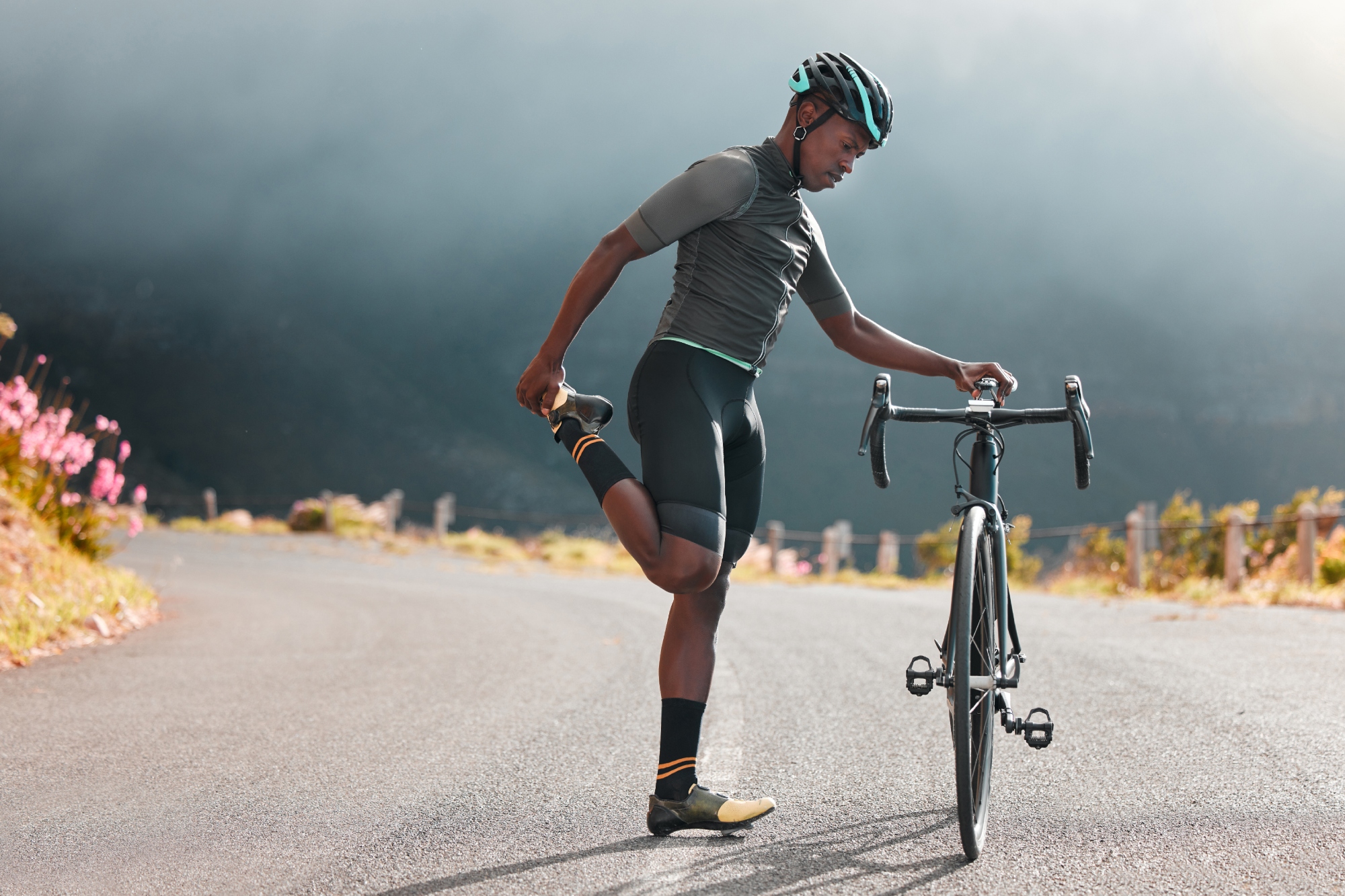
And then there's mobility to factor in
"A rider's mobility will impact how much tension you'll want," says Salisbury. "We all revisit saddle choice, bike position, and even float, but that little grub screw is rarely moved from when we first started riding."
Salisbury explains that tightening or loosening the spring tension screw should be a semi-regular maintenance task, as our cleats wear out or our mobility changes. "Almost everyone who comes in for a bike fit has only adjusted it once, and that was when they first got their pedals.
"Many riders have been using the same pedals for decades, it's something we often overlook and assume will always be on the correct setting.
I reflect on my own riding experience, and while I've adjusted my overall position due to an ongoing back issue and even transitioned to less stiff shoes, as comfort now outweighs performance, I've never adjusted my grub screw to take into account my mobility (or lack thereof).
For women, menstrual cycles, the perimenopausal period, and menopause fluctuate and decline estrogen levels, meaning mobility will be changing constantly. It's wild when I think about how I failed to make any pedal spring tension adjustments when the hormone, relaxin, was pumping around me when I was pregnant. Looking back, I'm surprised I didn't dislocate an ankle or hip.
As one of only three points of contact with my bike, I feel seriously guilty about the lack of attention I've given it.
It's a topic it sits far higher on Brammier's priority list, adding that as well as paying attention to pedal spring tension, "it's also really important to replace your cleats more often than you think." she says, telling me that it's something she always tells riders she works with, adding that it " makes a big difference to the function of the pedals.
"Often we wait until we pull our feet out before we get new cleats, but really we should be checking and replacing them on a regular basis."
I consider myself well and truly educated on that little grub screw. I can't promise to check for cleat wear before all rides, but I'll be paying way more attention to tension depending on whose bike they were last on, where I am on my cycle, and whether or not I'm planning to leave the ground.
Hannah is Cycling Weekly’s longest-serving tech writer, having started with the magazine back in 2011. She has covered all things technical for both print and digital over multiple seasons representing CW at spring Classics, and Grand Tours and all races in between.
Hannah was a successful road and track racer herself, competing in UCI races all over Europe as well as in China, Pakistan and New Zealand.
For fun, she's ridden LEJOG unaided, a lap of Majorca in a day, won a 24-hour mountain bike race and tackled famous mountain passes in the French Alps, Pyrenees, Dolomites and Himalayas.
She lives just outside the Peak District National Park near Manchester UK with her partner, daughter and a small but beautifully formed bike collection.
You must confirm your public display name before commenting
Please logout and then login again, you will then be prompted to enter your display name.
